Henri Matisse often painted the same subject in versions that range from relatively realistic to more abstract or schematic. At times the transition from realism to abstraction could be enacted in a single canvas, as is the case with The Italian Woman, the first of many portraits Matisse painted of a professional Italian model named Laurette. The purposefully visible pentimenti and labored convergence of lines bear witness to his perpetual struggle “to reach that state of condensation of sensations which constitutes a picture.” Matisse was not interested in capturing momentary impressions; he strove to create an enduring conception.
From the earlier state of the portrait, which depicts a heavier woman, Matisse pared down Laurette’s image, in the process making her less corporeal and more ethereal. Using the conventions of religious painting—a frontal pose, introspective countenance, and flat back-ground devoid of any indication of location—he created an icon of Woman. The emphatic eyes and brow, elongated nose, and pursed lips of her schematic face resemble an African mask, implying that Matisse, like so many Modern artists, equated the idea of Woman with the foreign, exotic, and “primitive”; he continued in this vein, posing the same model with a turban and a mantilla.
The spatial ambiguity of this portrait—the way the arms appear flat while the background overtakes a shoulder, for example—reveals Matisse’s relationship to Paul Cézanne via the bolder experiments of Cubism. In a 1913 portrait of his wife, Matisse had played with the distinctions between volume and plane by including a flattened scarf that wraps around her arm. This treatment anticipates the shawl-like background of The Italian Woman. These paintings recall Cézanne’s series of portraits of Madame Cézanne (one of which was owned by Matisse) both formally and iconographically, although Matisse’s images are more radically schematized and distilled.
The austerity of color and severe reduction of The Italian Woman is characteristic of Matisse’s work from 1914 to 1918. The art historian Pierre Schneider has suggested that these elements embody the artist’s response to the devastation of World War I.
Jennifer Blessing
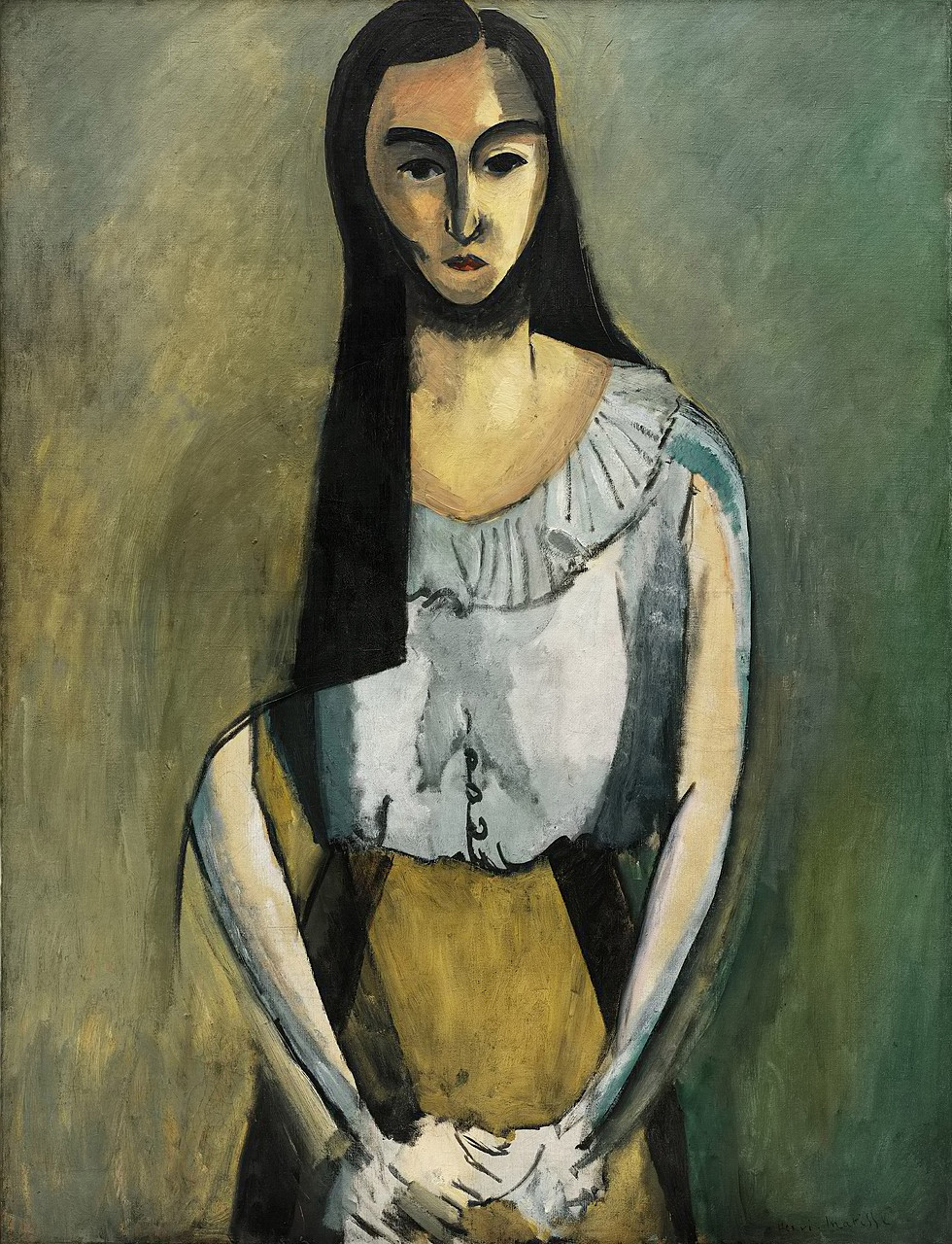
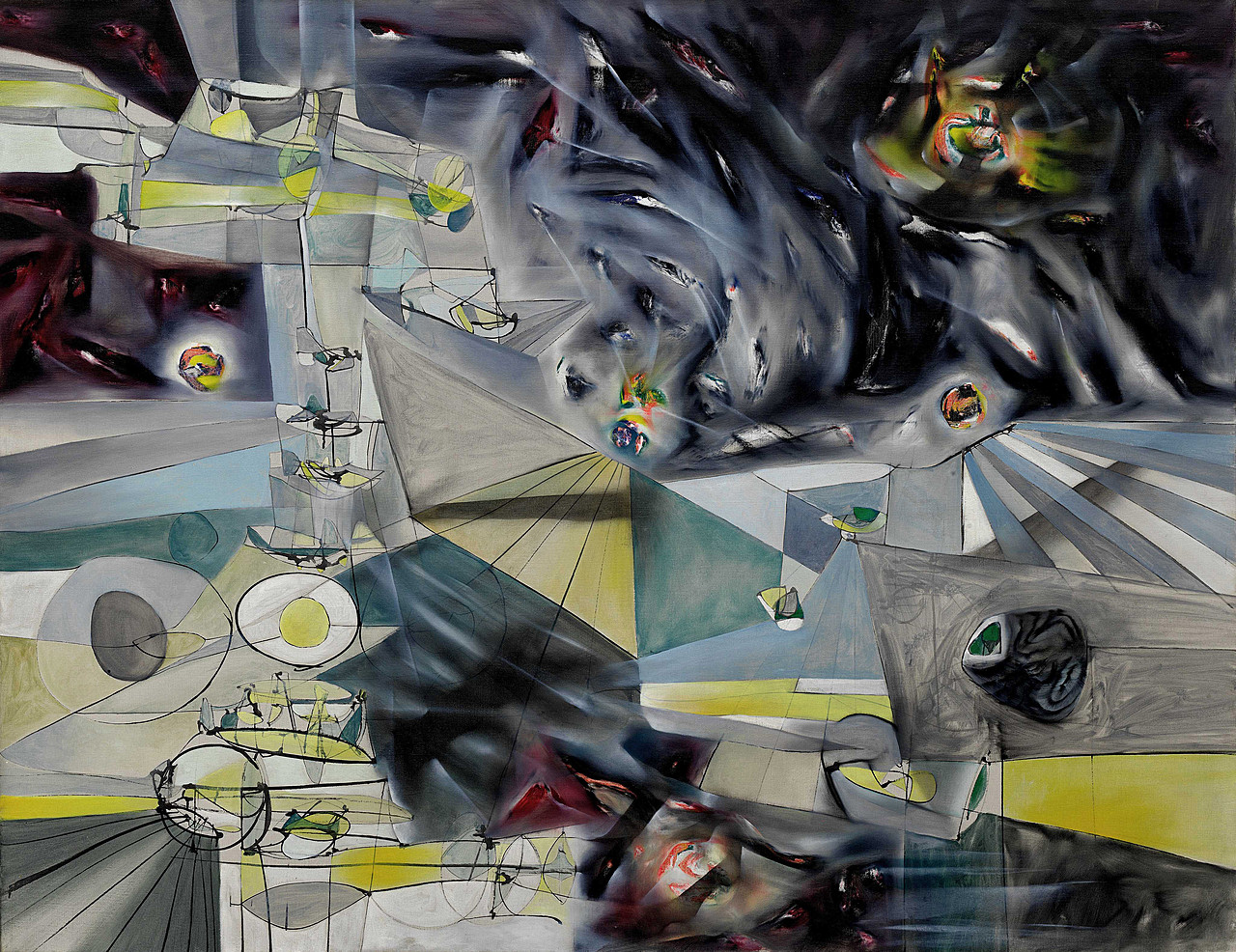
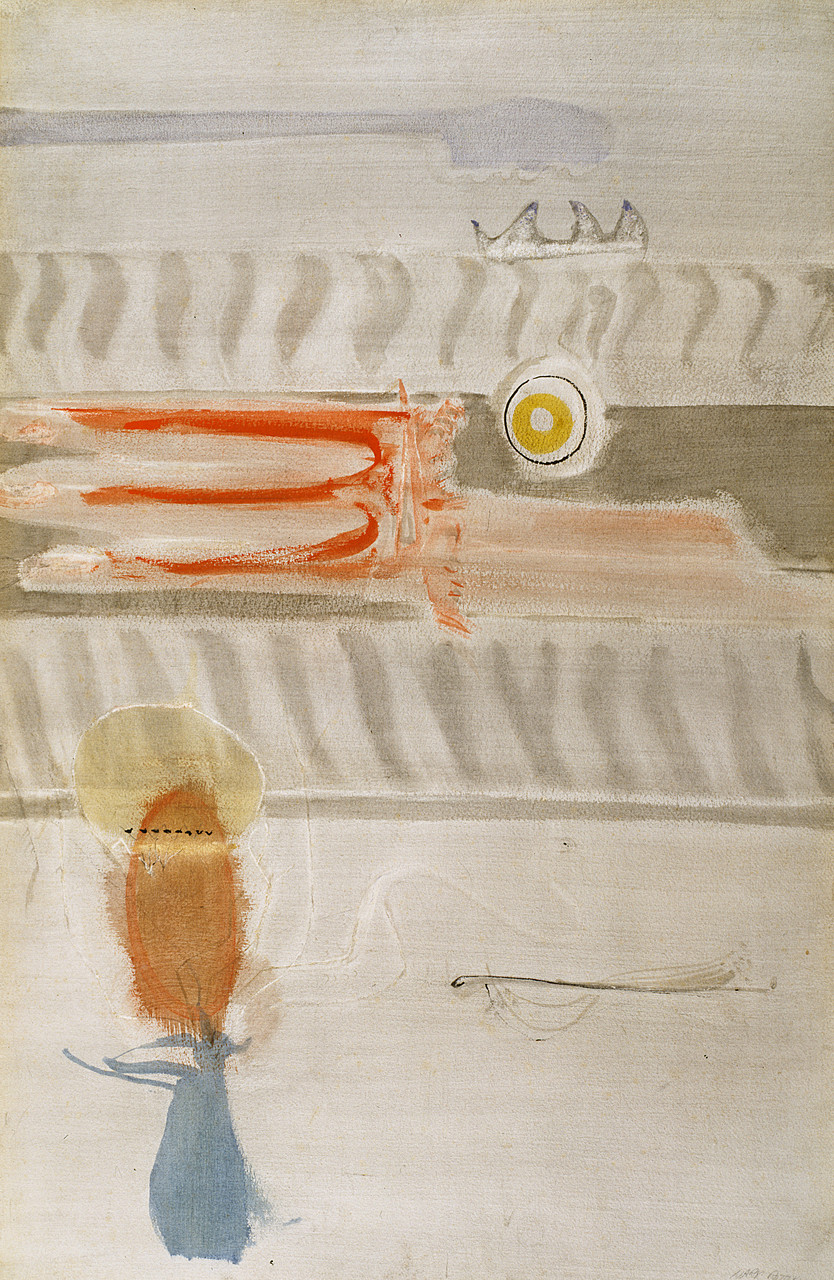
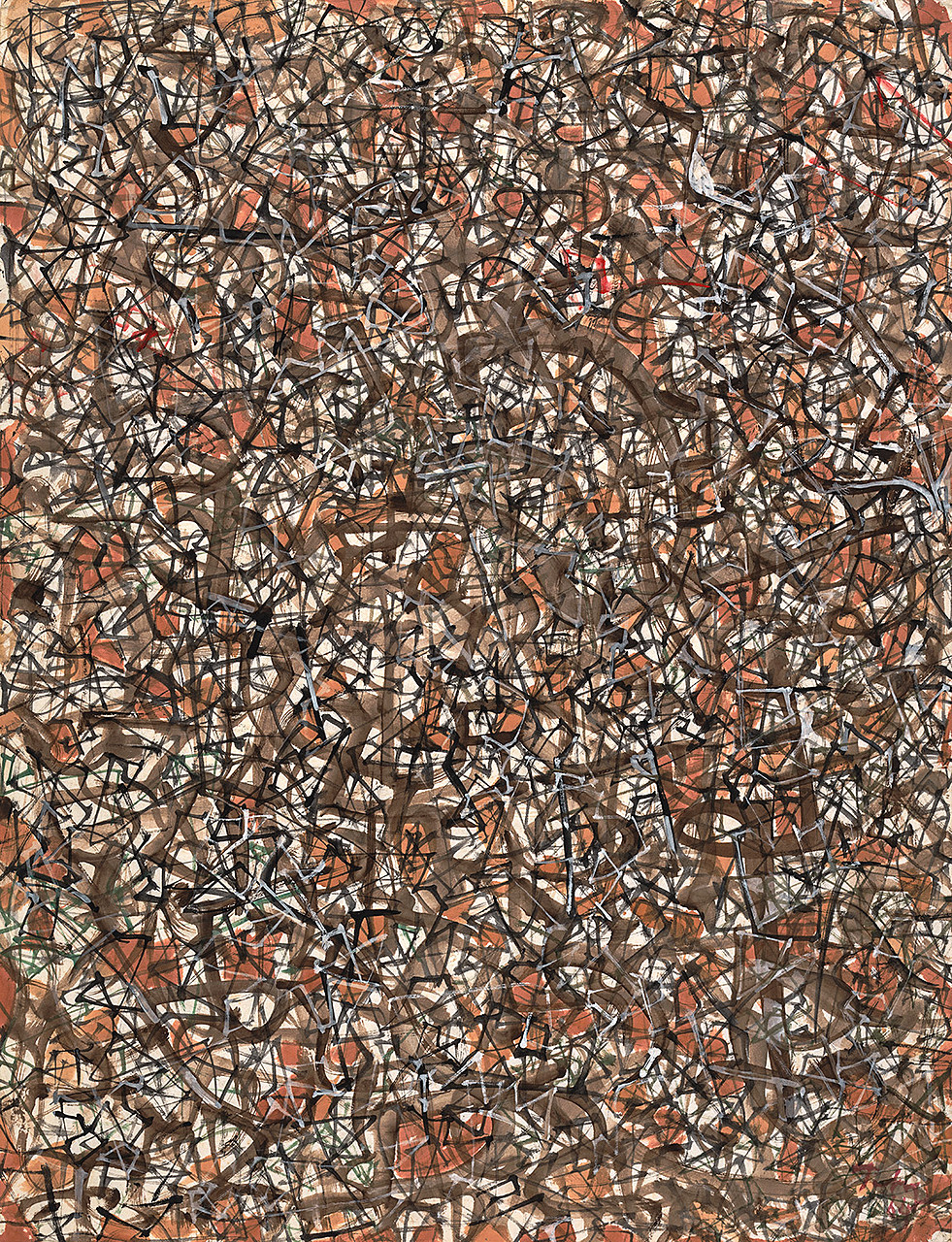
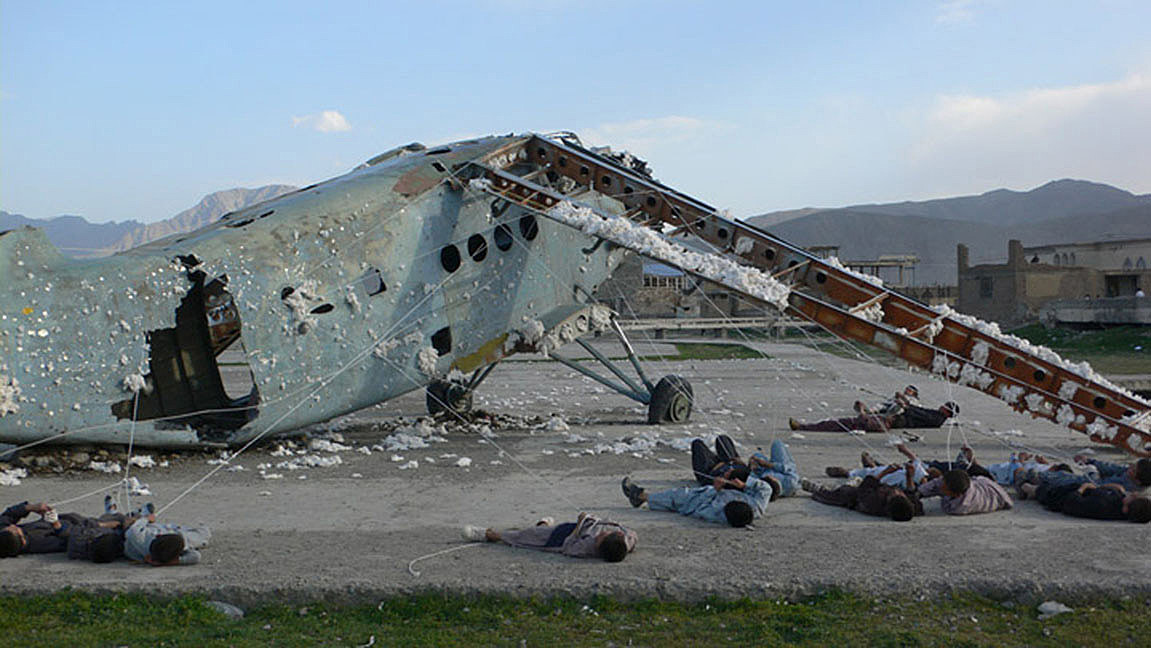
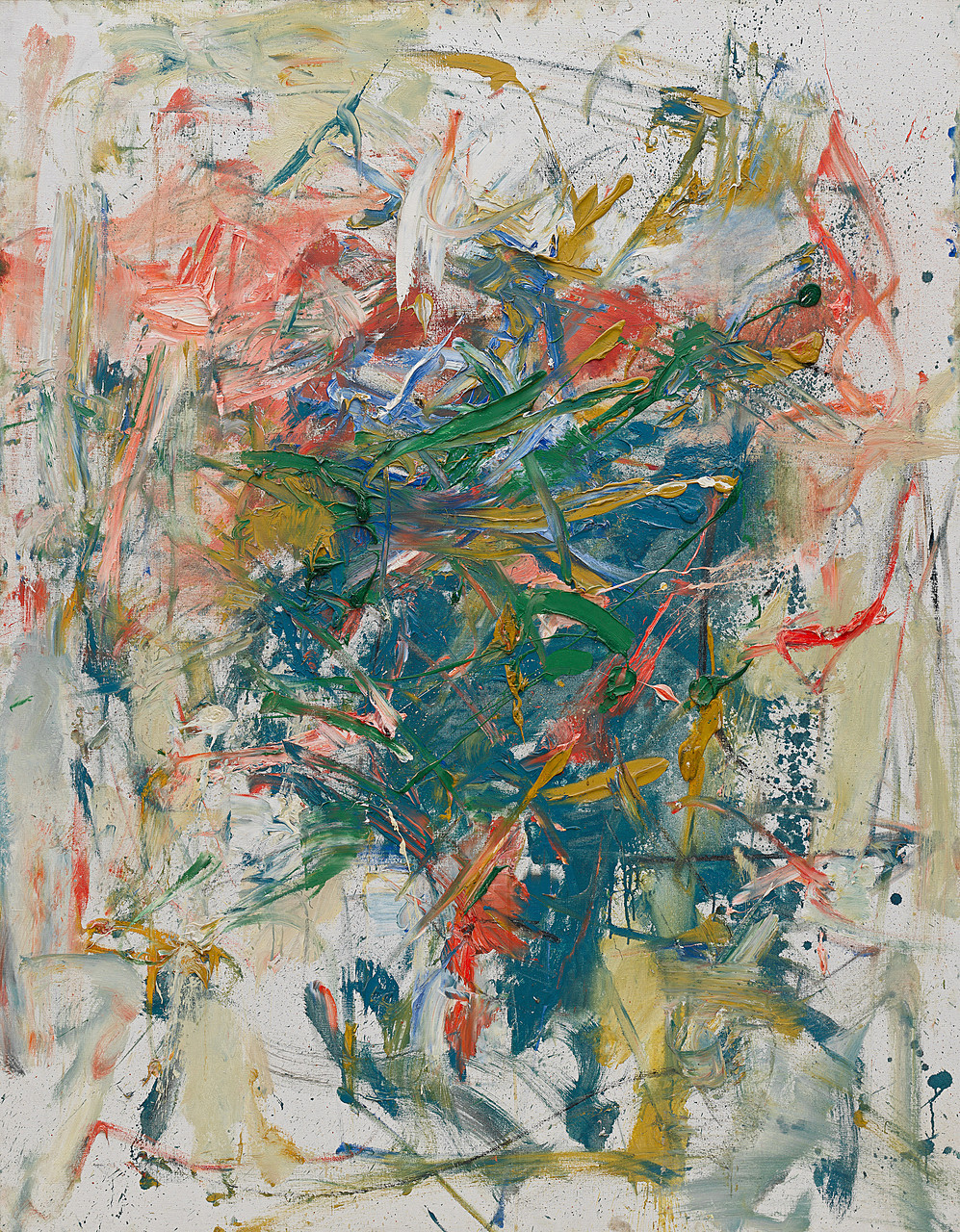
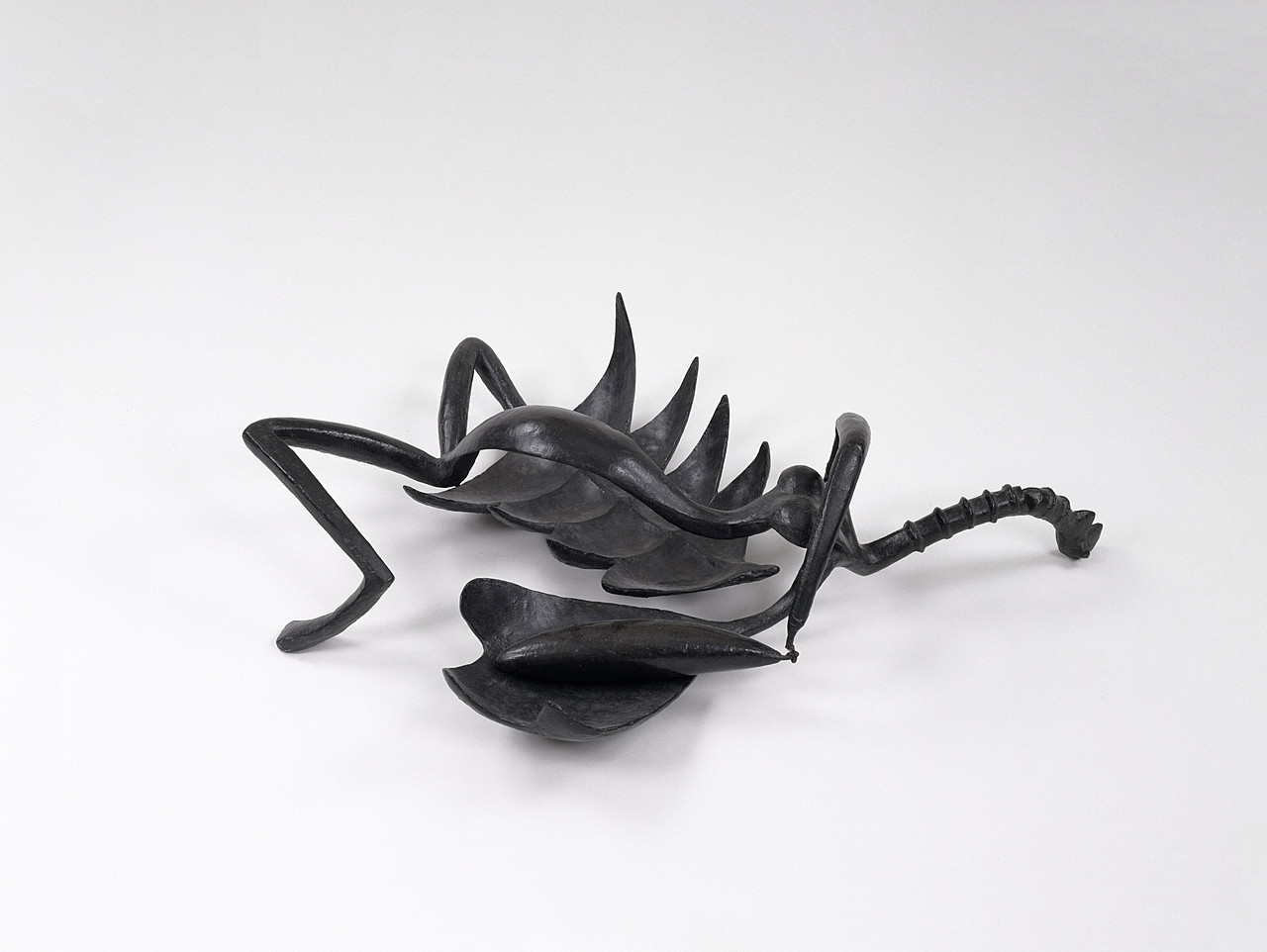
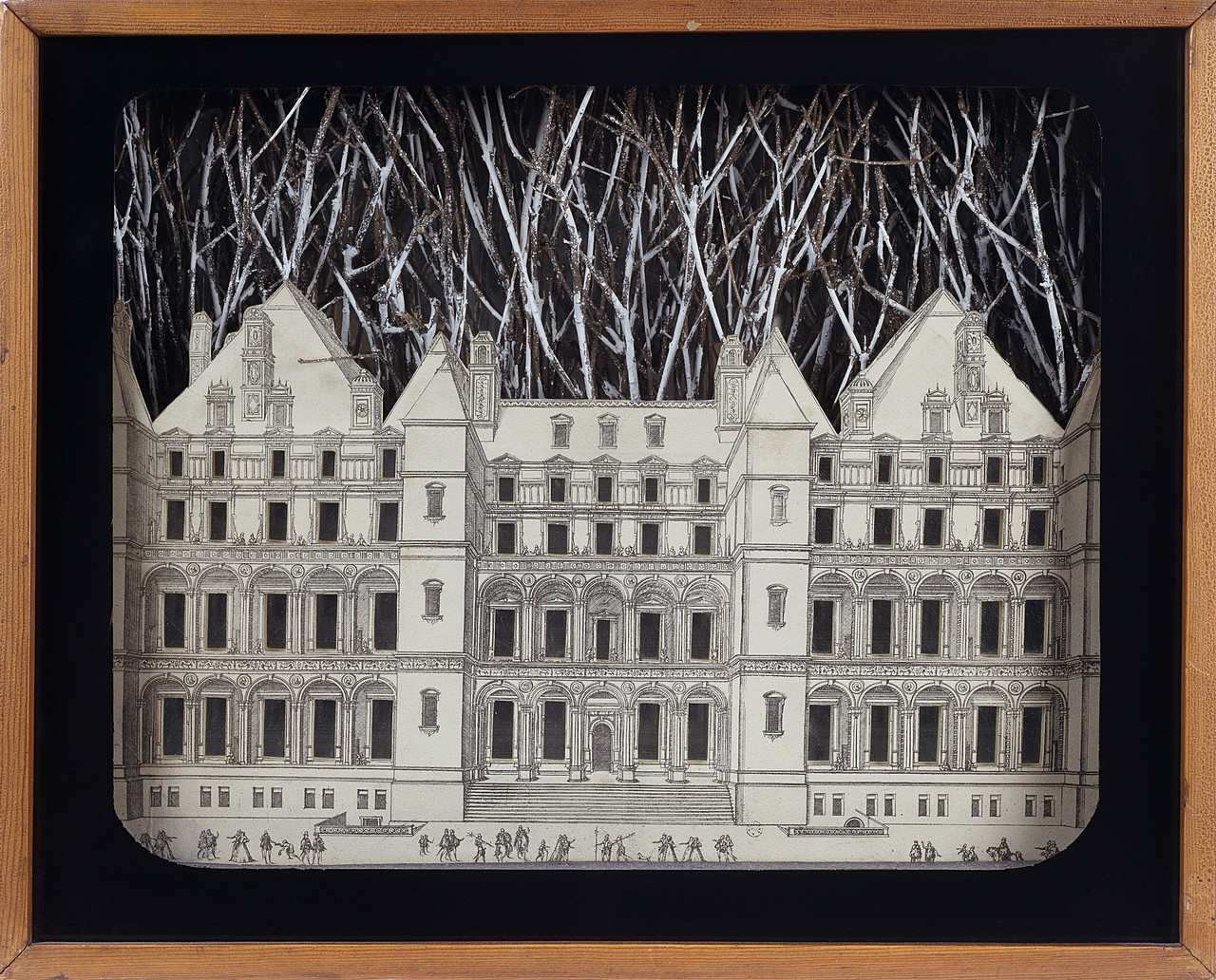
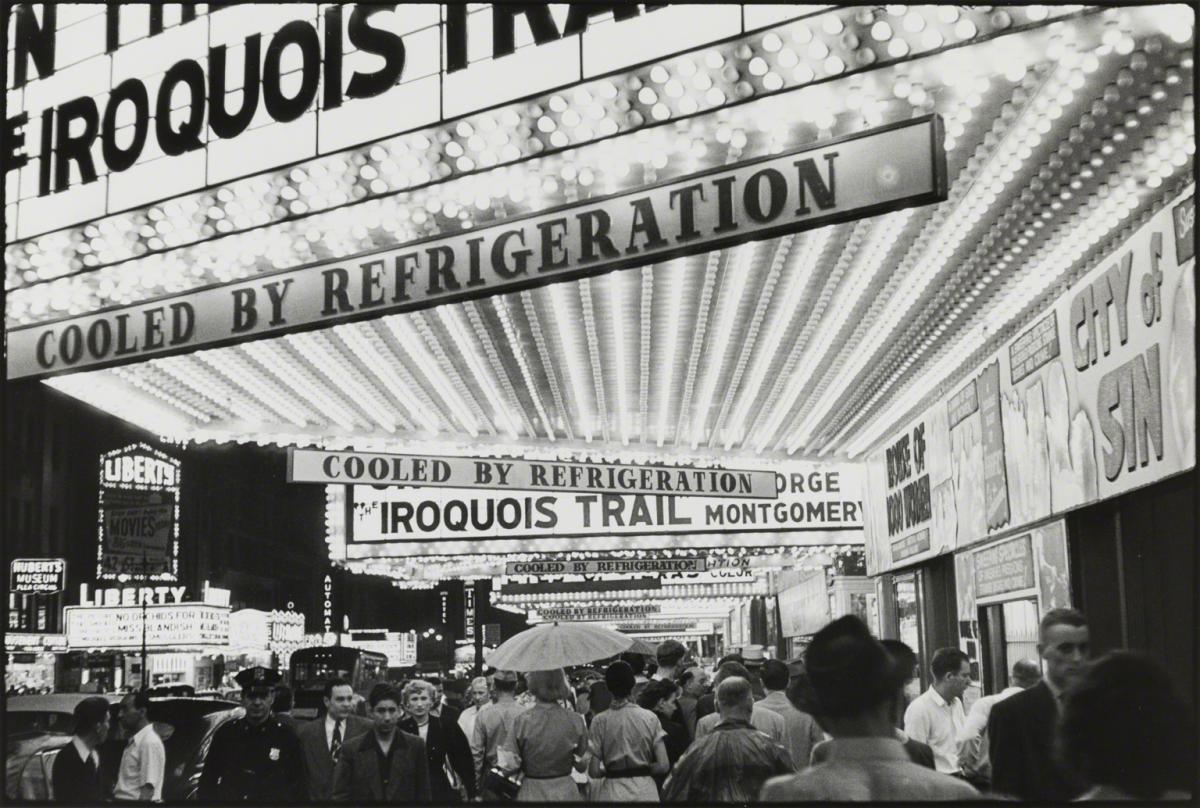
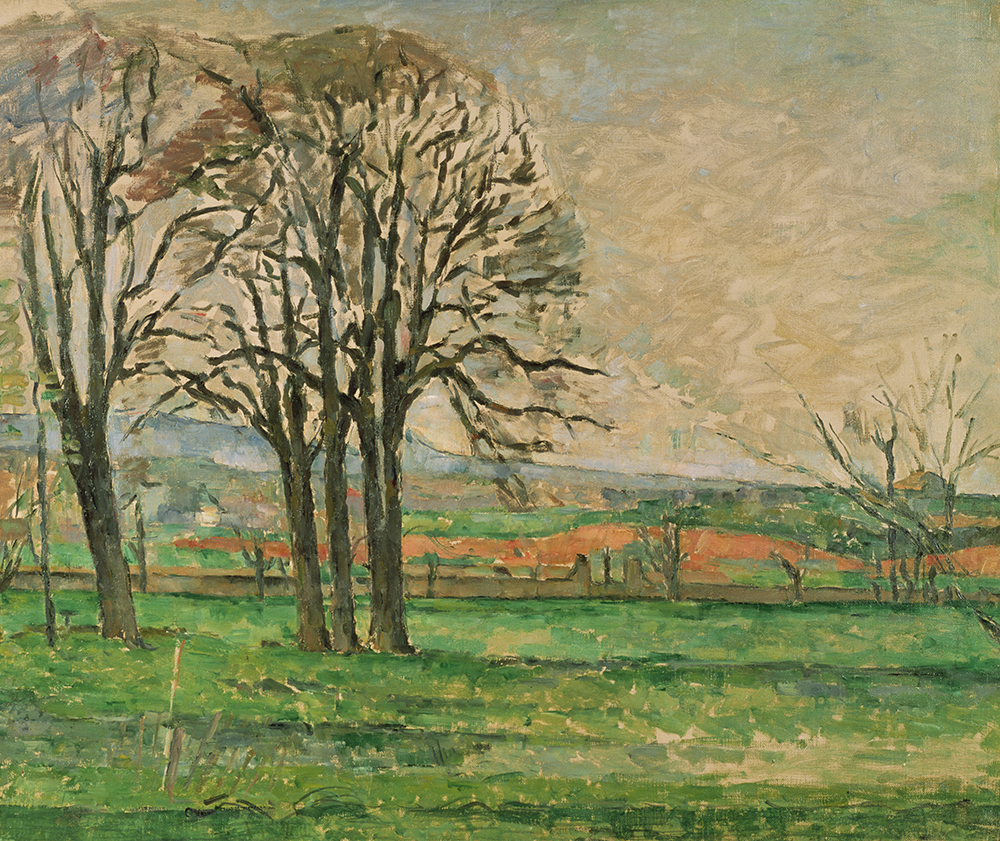
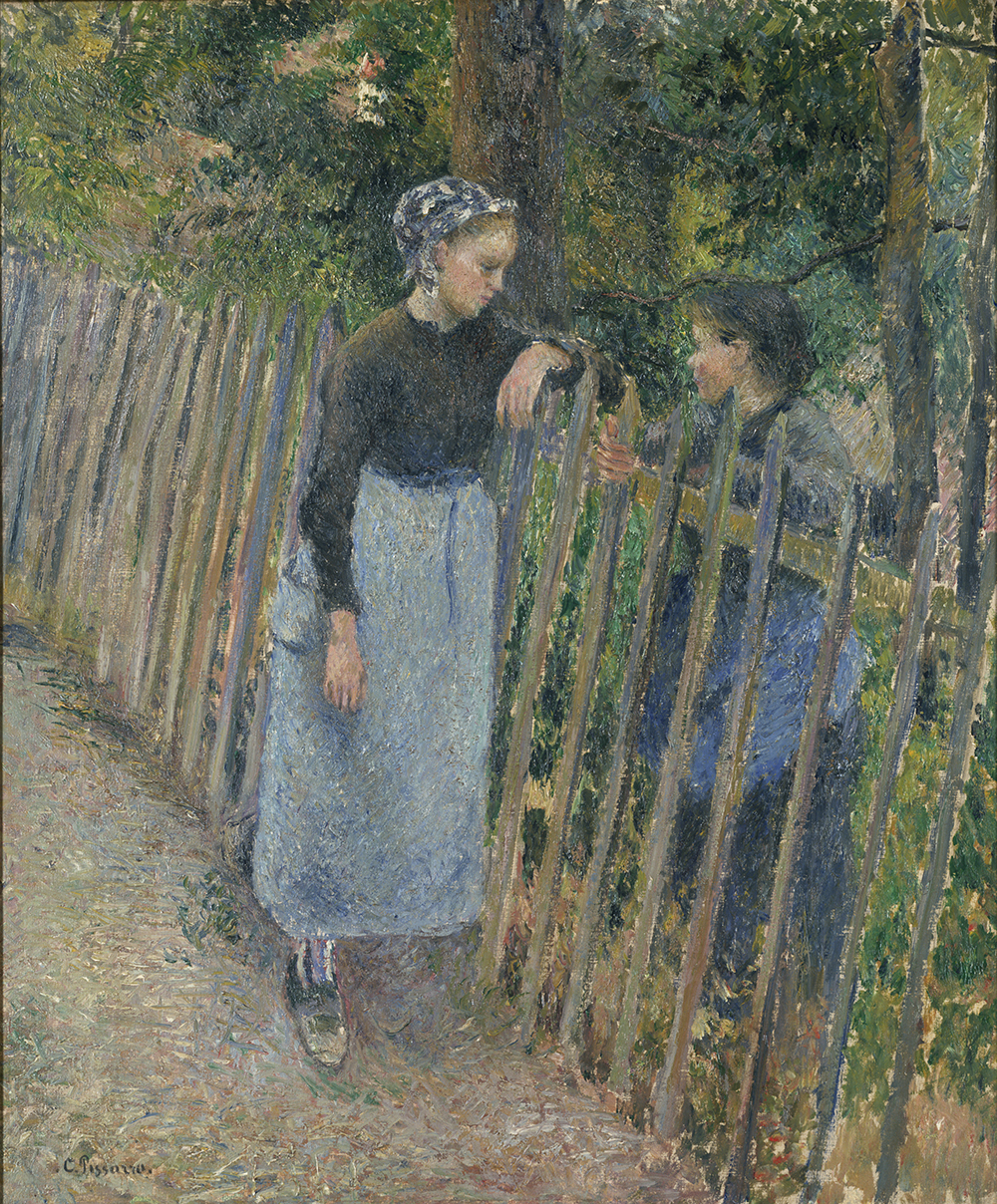
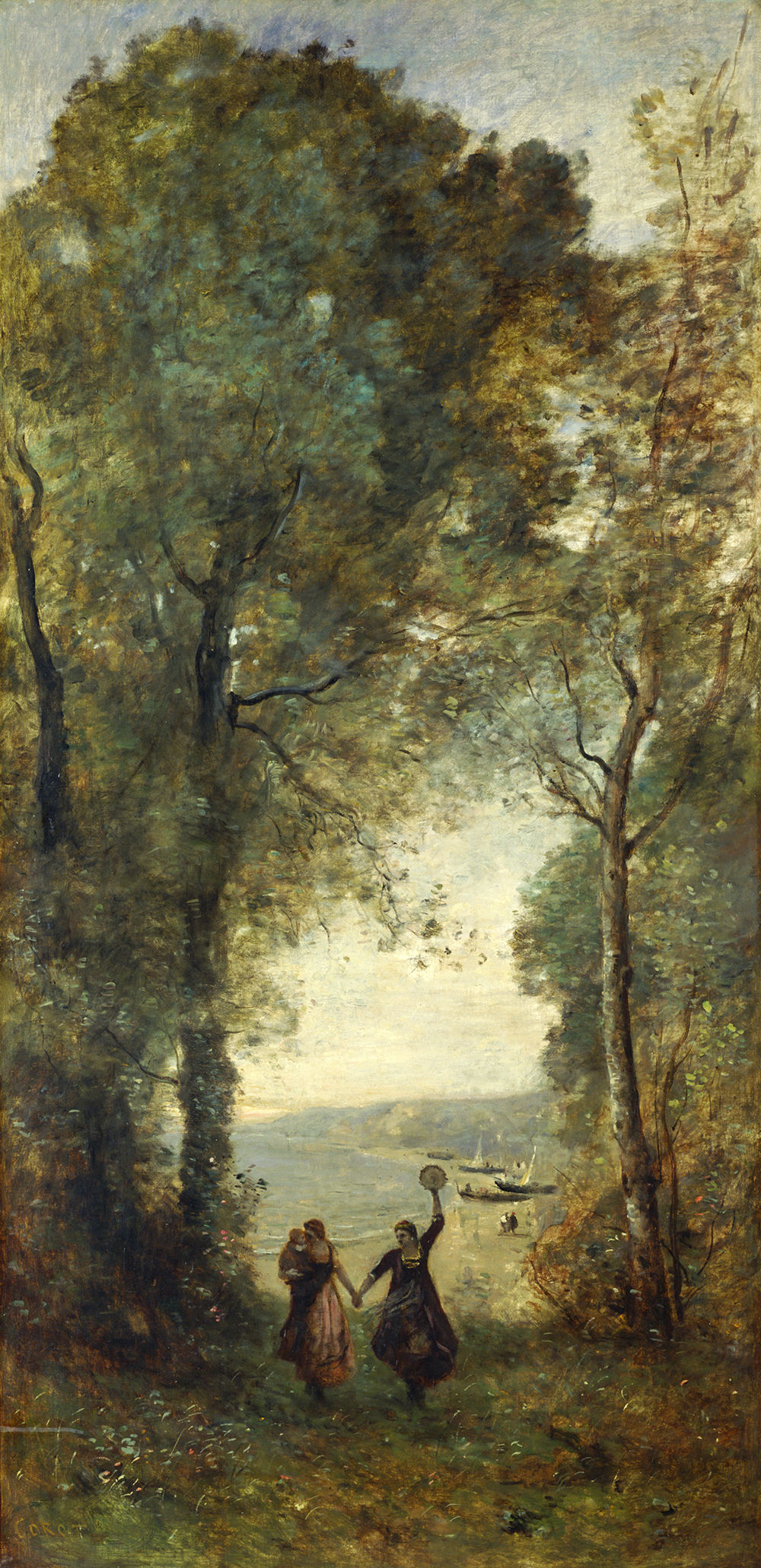
I was reading What to expect before you're expecting and it says to stay away from any food that comes in any kind of plastic, esp if the plastic container needs to be heated/re-heated.
It says when it gets into your blood stream your body thinks it's estrogen.
The most fucked up part is the EPA says the risk is very low. Probably because plastics are literally everywhere, and banning them at this point would cause an economic catastrophe. Which it def would.
https://www.mayoclinic.org/healthy-lifestyle/nutrition-and-healthy-eating/expert-answers/bpa/faq-20058331
This is an article about BPAs, but they are just the tip of the iceberg of the phtalates - chemicals used to make plastic more durable.